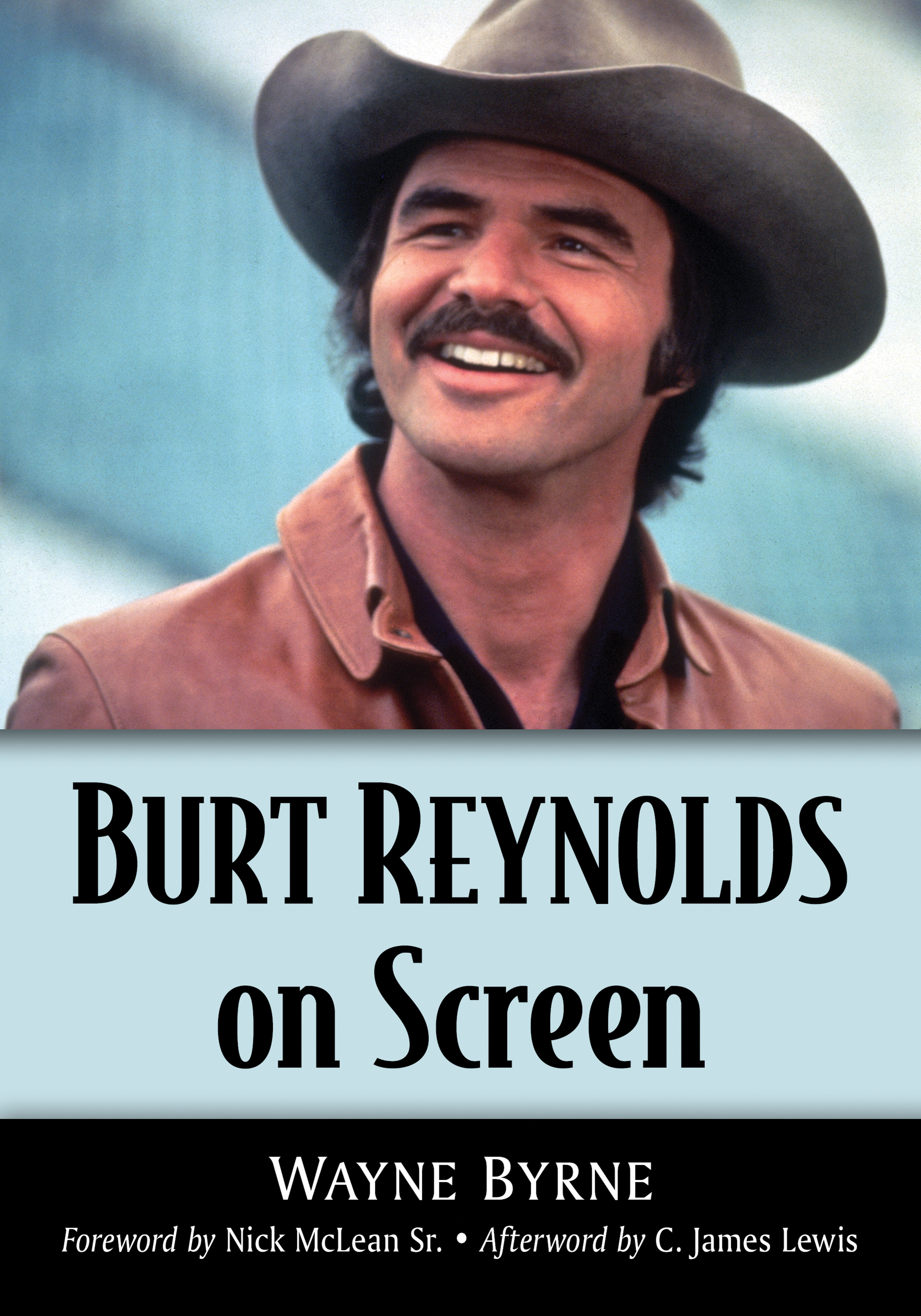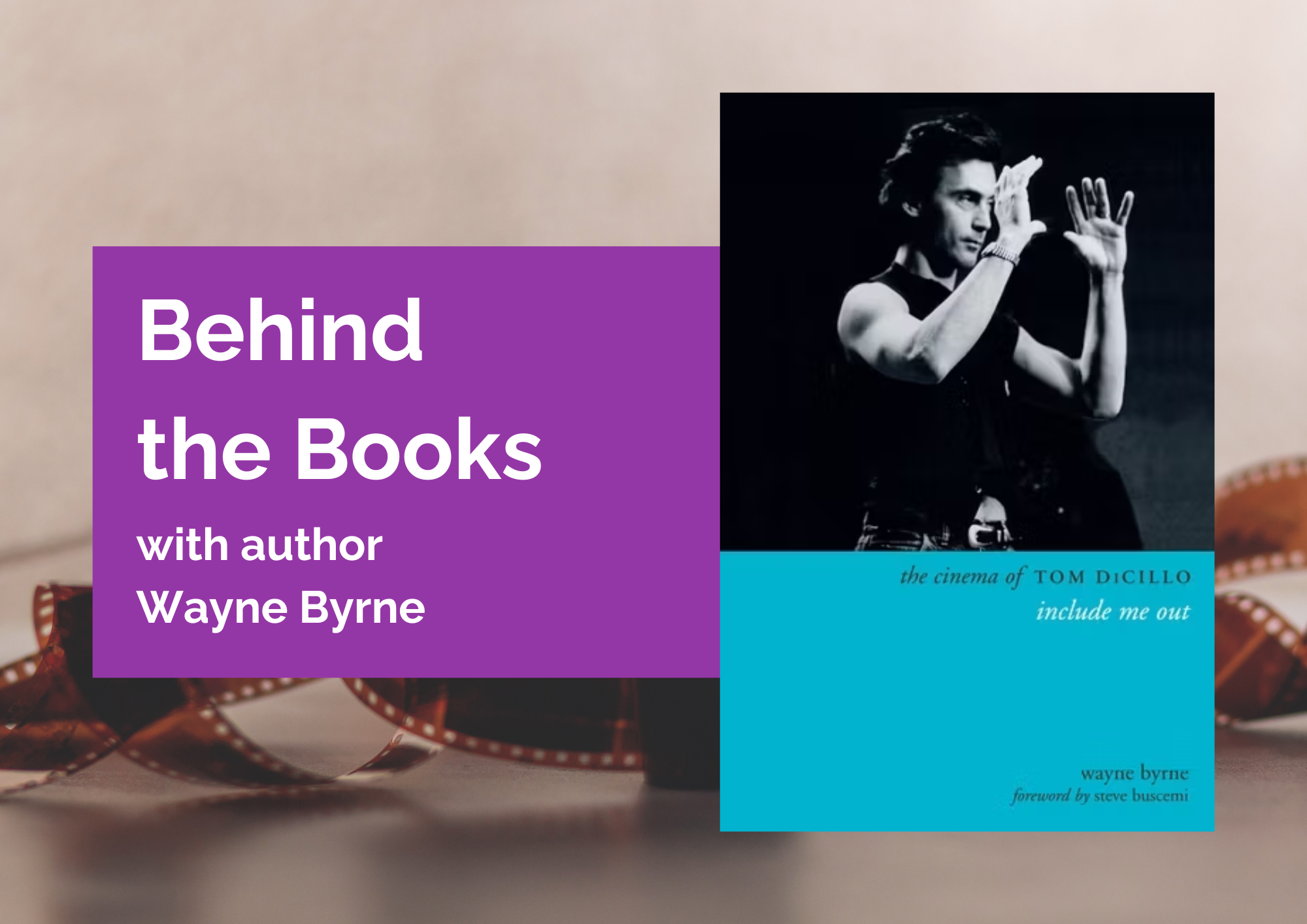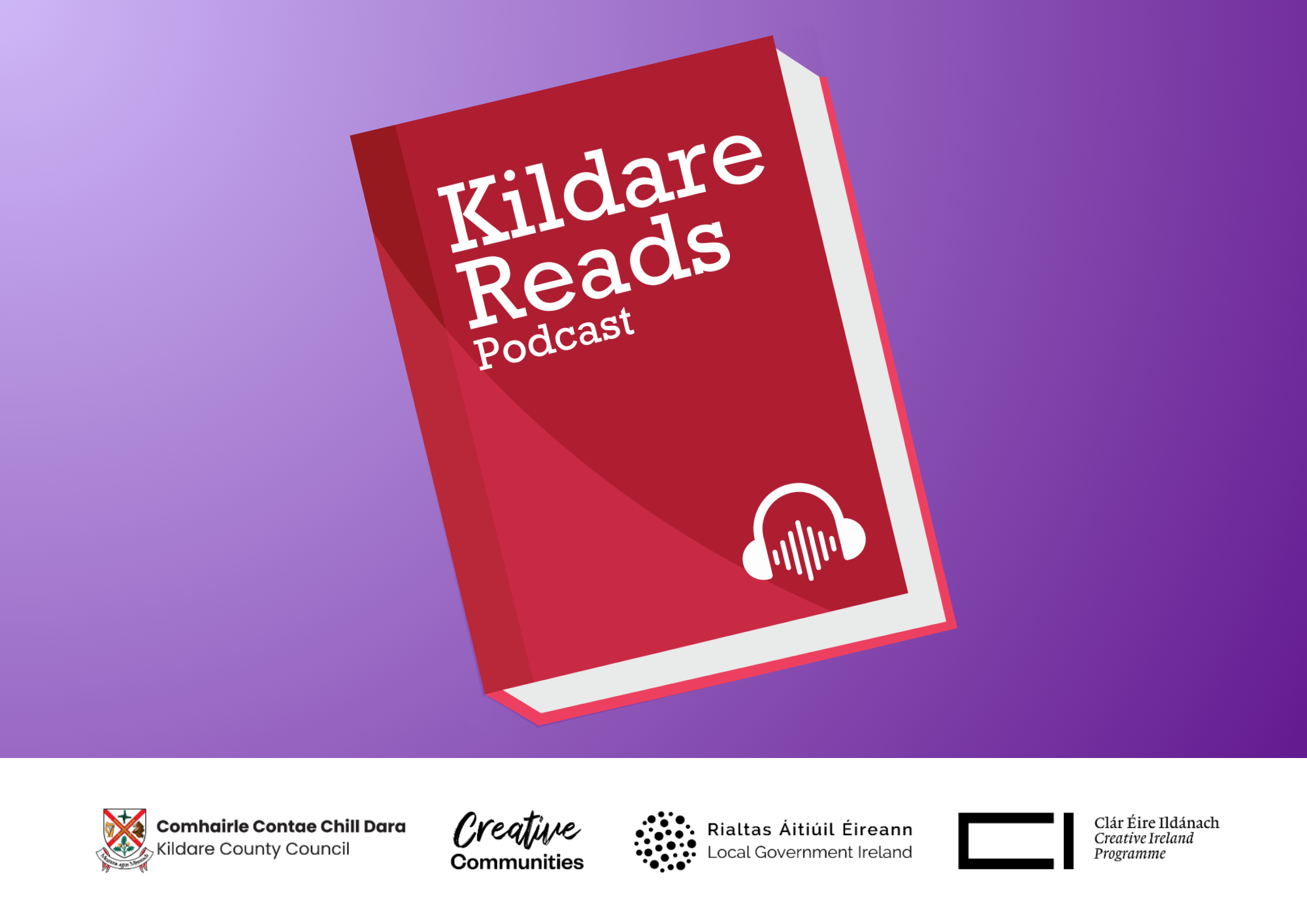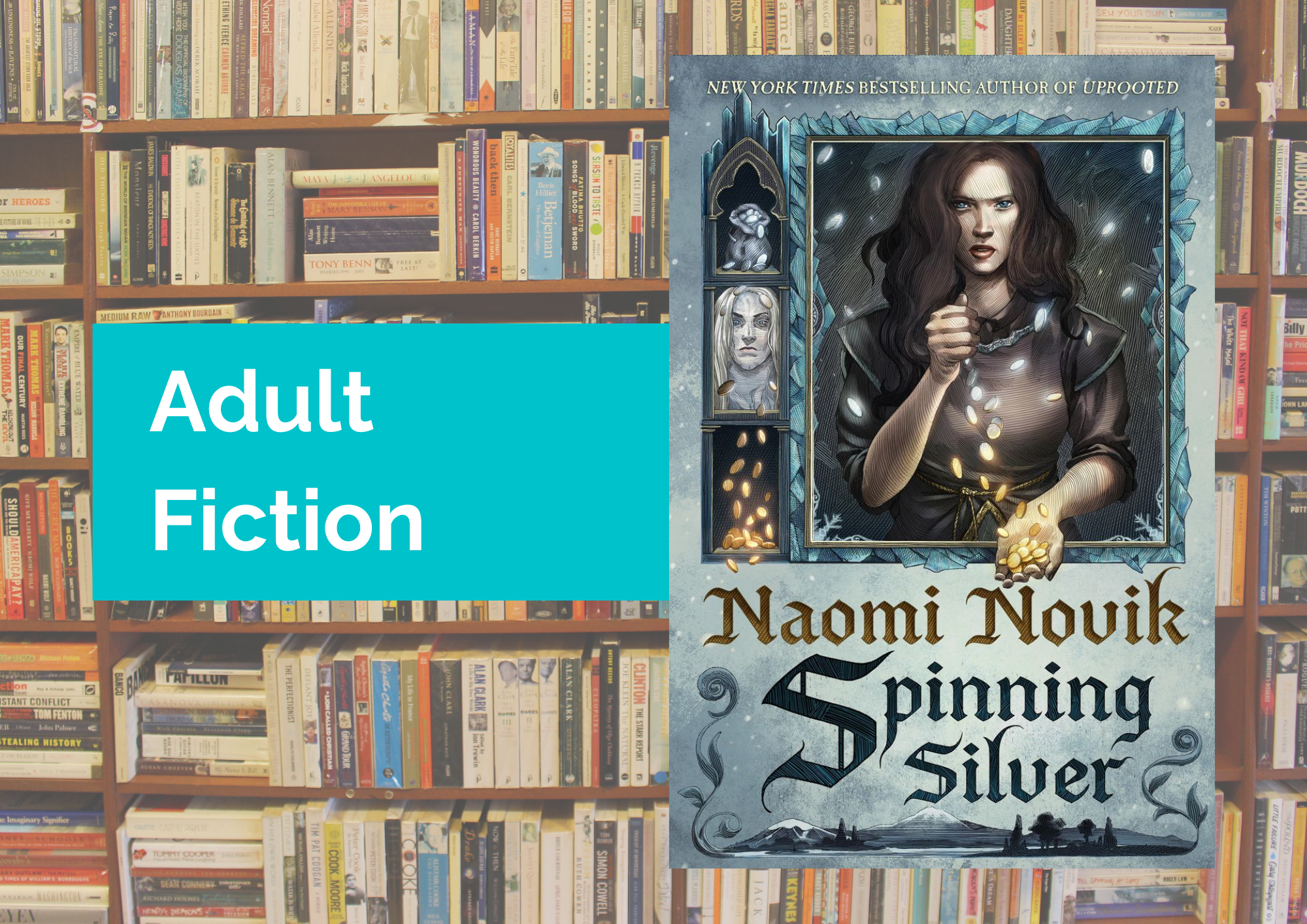I have always said to myself that if the only book I ever publish was The Cinema of Tom DiCillo that would be fine, because that was my initial goal: to own a book on Tom DiCillo even if it meant writing it myself. But I fell in love with writing as I was writing and having my first book be signed and released by one of the most prestigious publishing houses in the world was a sign that perhaps I finally found something I was good at. So I was wise enough to hold on to a good thing. Writing was certainly something that gave me immense joy and pleasure, and to see this thing that was created out of nothing in a dark corner of the living room, just over by the fireplace, become something tangible that sits on shelves in shops, homes, and libraries around the world…well, there really is no feeling like it. I’m not a huge reader or much of a book buff, but there is something about the art of composing literature that is truly addictive. And, I have found, that it can take just an errant spark of inspiration for me to decide “I’m going to write a book on…†and that’s it, that’s the path I take for that ensuing year. But just as I was about to make that leap into another tome, I ended up taking a brief literary detour, this time into magazine writing.
The Cinema of Tom DiCillo was only released a couple of days when I decided that I wanted, nay, needed to write again. It just so happened that around this time I was asked by the lovely Roisin Dwyer, an editor of the legendary music magazine, Hot Press, to join their team. This was a dream come true. I had been a huge fan of Hot Press for twenty years. I had stacks of old copies lining my wardrobe. So to be asked to join them was a surreal thing and I couldn’t get the word “yes!†out of my mouth quickly enough. How that occurred was I did a freelance article for them that fitted nicely into their coverage of Guns n’ Roses in the run up to their massive 2017 headline show at Slane Castle. There was to be a special edition of the magazine devoted to the upcoming concert and being that a friend of mine is a member of that band I thought it would be a nice opportunity to celebrate his work by interviewing and writing an article on him. Hot Press took the piece, asked me to join them, and for the next two and a half years I reviewed albums, television shows, concerts, and restaurants. Basically getting paid to do stuff that I love to do anyway: listen to music and eat!
And while that work kept me actively writing, I had the nagging sense that I needed to get working on a new book. Whereas the Tom DiCillo book was an instinctual endeavour, something I felt I absolutely had to do no matter what, I did have to think more carefully about what subject I would have just as much passion for, something or someone that I would be happy to work myself to the bone over, to lose sleep over for a couple of years. Well, I had already written about my favourite filmmaker, so I thought about actors that I love. I could narrow down my favourite movie stars to Burt Reynolds, Clint Eastwood, and John Wayne. To me they are giants of Cinema with vast catalogues of work that would be ripe for book-sized investigation. But Burt stood out that little bit more to me than Clint and John; I always found him an incredibly engaging movie star and found his work quite emotionally and thematically resonant underneath the bluster. While in some ways he defined the idea of the ostentatious, wealthy, powerful Hollywood star, he conversely and perhaps contradictorily felt like one of us. He championed American working class and Southern culture with his iconic roles in Deliverance, White Lightning and Smokey and the Bandit, while managing to be both a symbol of masculine virility and compassionate sensitivity. He was rugged, charming, funny, and romantic. When he felt like it, he could project urbane sophistication, but more often he traded in unfashionable rural, blue-collar sensibilities and portrayed them as something noble and proud. He had something that could appeal to everyone, playing to the cliché or men wanting to be him and women wanting to be with him, but he was so much more than a mere sex symbol or major movie star; he was a true artist, something which may only be revealed to casual movie-goers upon deeper investigation into his career, and the main reason I wanted to write a book on it. And for a film historian, Burt’s catalogue of work offers endless opportunities to write about some of the greatest filmmakers in the history of Hollywood, because Burt worked with them all: Mel Brooks, Peter Bogdanovich, Robert Aldrich, Nick McLean, Vilmos Zsigmond, John Boorman, Hal Needham, Sam Fuller, Alan J. Pakula, Don Siegel, and many more.
I took quick stock of what Burt Reynolds meant to me and the fact that his work had never been written about in any serious critical regard, and in that moment I made a commitment to write a book on Burt Reynolds. But who will publish it though? I spent five years working on the Tom DiCillo book without a publisher; I got signed as the book was finished. Part of my contract with CUP dictated that I had to at least offer my next book to them. I knew deep down this was not going to be their kind of project; I just couldn’t see them attributing the kind of reverence to Burt that they do to other notable artists. I had another publisher in mind, McFarland, whom I suspected would treat Burt with the kind of respect which would be required for my book to be taken seriously as a work of literature on an artist who wasn’t often afforded high critical or scholarly regard. McFarland’s headquarters are in North Carolina – Burt country! – and they have a highly acclaimed catalogue of film titles accumulated over forty years as one of the top publishers in the industry. But before I could go to them, I still had to adhere to the contractual obligation of offering it to Columbia University Press. As I suspected, they passed on it. They reiterated what I assumed, which was that a book on Burt wouldn’t really fit into their carefully curated works on world cinema artists. Great! Now I could approach McFarland. I contacted them and not only did they want to sign me for it, their enthusiasm for the project was so brilliant that I knew I found the most ideal home for this book. I was told that not only is Burt a film icon, but a Southern legend and a folk hero. That was music to my ears. Within days I signed a contract with McFarland. My second book was now in motion. Only this time it was different, now I had a deadline: one year! And three months later I signed with them for another book, Nick McLean Behind The Camera – which will be detailed in another blog post.
Looking back on it now, I realise it was probably the busiest and most intense year I’ve ever experienced. But I was eager, if you read my first blog post in this series you will know that opportunities like this don’t come along easy or very often. “Dare I write two books at the one time while holding down a full-time day job and a part-time job? Sure!†I got through it on will power and coffee, having sacrificed sleep for opportunity. These books were so important to me that I willingly decided that three or four hours sleep per night would suffice; it did, but I wouldn’t recommend it. You burn out fast. Ultimately, something had to go, and that was the magazine work. I guess it speaks to the fortunate position that I was in, that I could willingly forgo those Hot Press bylines of which I was so proud, but I had to put in perspective the fact that I had a budding career in the library service and not one but two impending book deadlines which are also two very real contractual commitments.
So over the next year I interviewed many of Burt’s friends and colleagues, directors, co-stars and cinematographers. I ended up meeting some of my dearest friends because of it. That has been the best part of writing books, the people you meet along the way, and collaborating with artists whose work means so much to you. For those who write books, they are so much more than a pile of paper and ink, books are Life. Sadly, Burt passed away in the middle of it, which hit me hard; when you devote your life to documenting another’s, you can’t help but feel an emotional connection to them, and having gotten to know Burt through his family and friends, the moment of his passing was even more powerful. I was in the middle of a Skype chat with filmmaker Nick McLean, Burt’s close friend and collaborator for forty years, when Nick’s wife entered the room to give us the news. It was a sad and startling moment, and his death imbued the book with a more melancholy tone than I had initially intended. We now spoke about him in the past tense, and with a deeper reflection on the meaning and themes of his work. Now the book wasn’t merely a critical appreciation of an artist, but a sincere celebration of a life.
And so my tribute to the greatest movie star, and the last movie star, Burt Reynolds on Screen was release in January 2020. A few weeks after the book came out I heard from Jim Lewis, who was Burt’s dear friend and stunt double, and an actor in many films. Jim reached out to me to thank me, and to tell me that my book captured everything that was great about his friend, and that Burt would have loved it. “A masterpiece!†Jim declared. Well, it doesn’t get much better than that. I think of Jim’s words every time I see the book on a shelf.







Leave a Reply